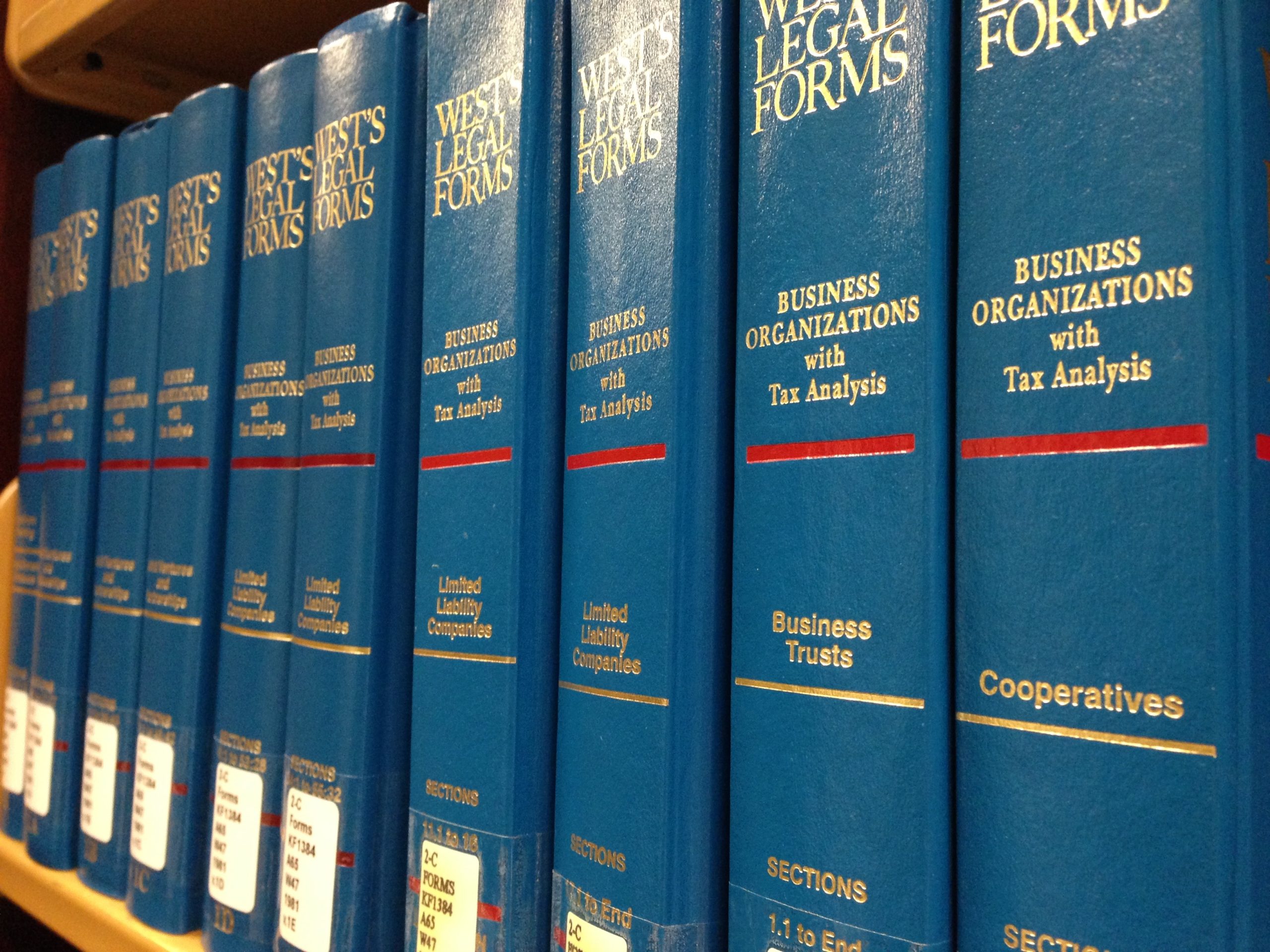 In Louisiana, a conspiracy is a combination of two or more persons to do something unlawful, either as a means or as an ultimate end. Once a conspiracy has been established, an act done by one in the furtherance of the unlawful act is, by law, the act of all others involved in the conspiracy.
In Louisiana, a conspiracy is a combination of two or more persons to do something unlawful, either as a means or as an ultimate end. Once a conspiracy has been established, an act done by one in the furtherance of the unlawful act is, by law, the act of all others involved in the conspiracy.
If proven, a conspiracy can allow for solidary liability among all of the co-conspirators for the damage caused. Solidary liability means that each responsible party is independently liable for the entire obligation, responsibility, or debt to the party who was harmed by any one of them. Everett Curole’ lawsuit after an assault and battery at his home, shows the power of the legal system to hold parties accountable for their nefarious acts.
In the early morning of December 31, 2002, Bonnie Delcambre, Quinn Delcambre, Glenn Gadrow, Tricia Menard, Rory Delcambre, Lori Toups, and Rayford Champagne arrived at the at the home of Everett and Charlene Curole. Bonnie kicked in the front door and everyone else followed her into the home. Bonnie woke Mrs. Carole to confront her and Rory, Quinn, and Glenn severely beat Mr. Carole. During the beating, the others punched holes in the walls. The assailants then fled the scene,, and Mrs. Curole called 911.
 Insurance Dispute Lawyer Blog
Insurance Dispute Lawyer Blog


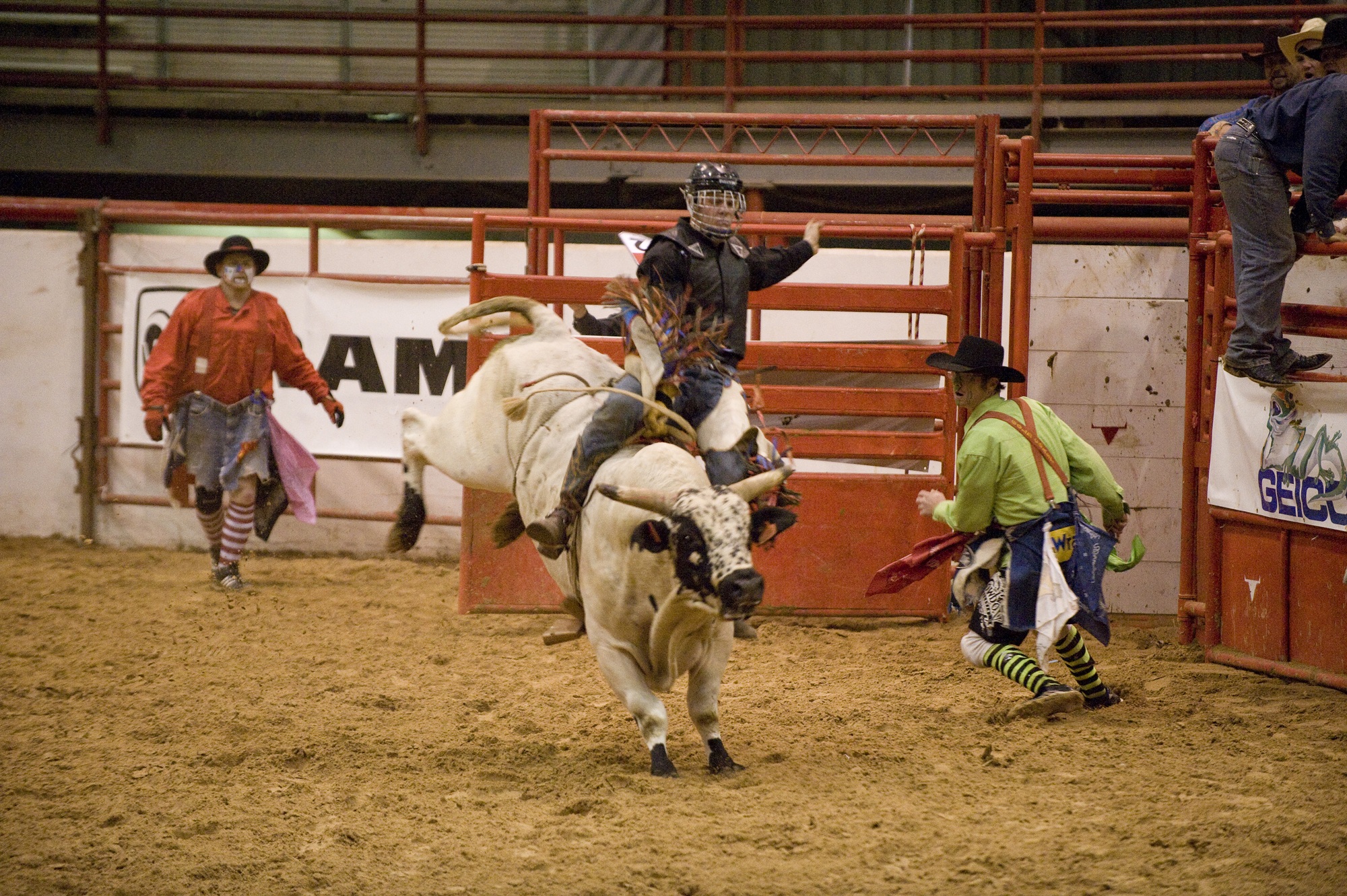 Rick Sheppard, an inmate in the custody of the
Rick Sheppard, an inmate in the custody of the  A man is in the hands of a facility tasked with providing sufficient medical care. Instead of meeting this standard of care and due diligence, the facility fails to adjust the man’s diet, and he chokes on solid food that he should not eat, leading to his death. When his parents and children bring multiple complaints of medical malpractice, his children’s claim gets dismissed despite the apparent negligence of the facility. Why did that happen?
A man is in the hands of a facility tasked with providing sufficient medical care. Instead of meeting this standard of care and due diligence, the facility fails to adjust the man’s diet, and he chokes on solid food that he should not eat, leading to his death. When his parents and children bring multiple complaints of medical malpractice, his children’s claim gets dismissed despite the apparent negligence of the facility. Why did that happen?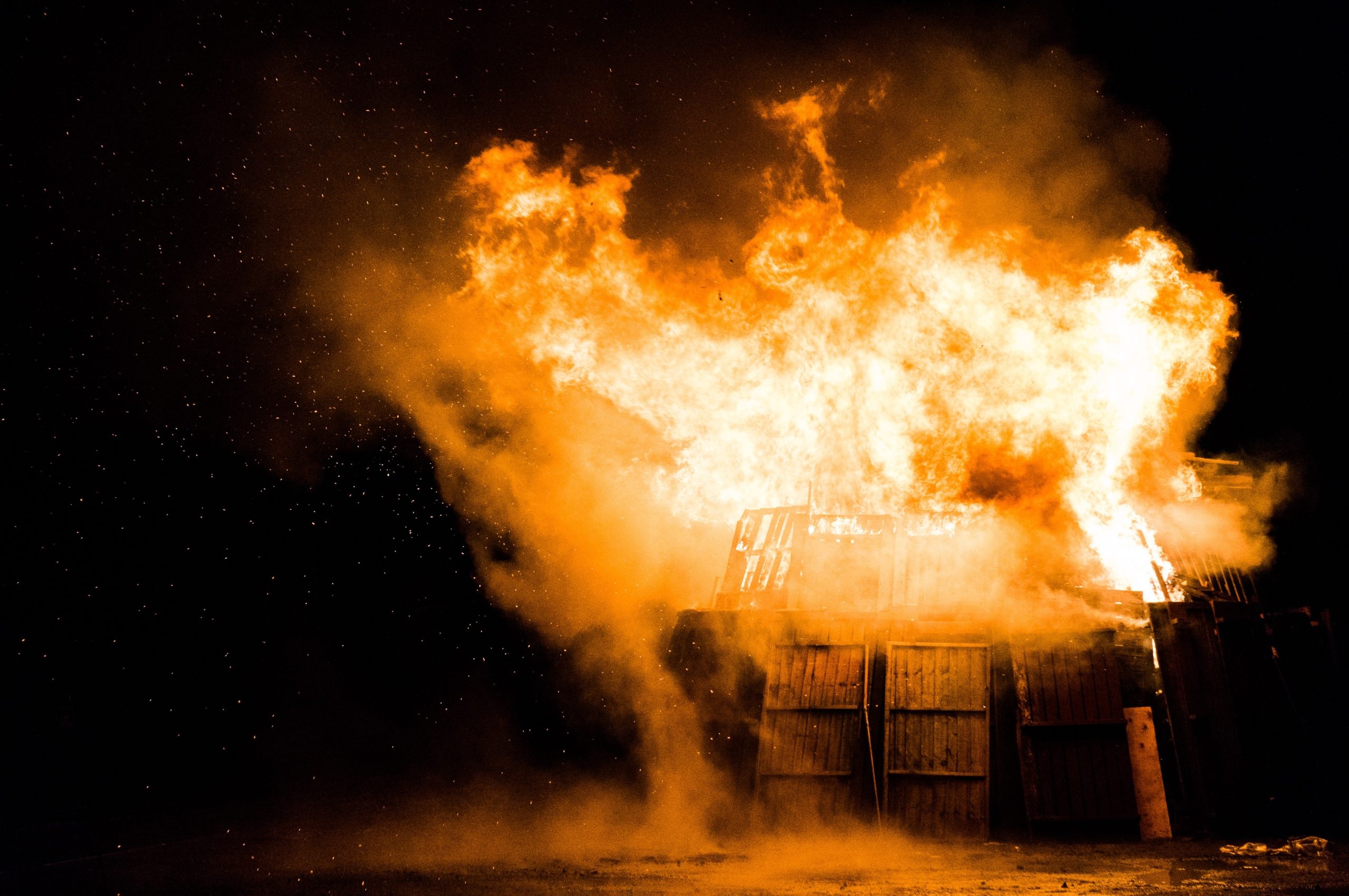 A chemical plant explosion, sudden and dangerous, causes chaos when the workers try to escape. During that exodus, a worker is trampled by his colleagues as they attempt to flee. Who then bears responsibility for the injuries caused by this trampling? Is it the other workers? Is it their managing company? Is it the owner of the chemical plant?
A chemical plant explosion, sudden and dangerous, causes chaos when the workers try to escape. During that exodus, a worker is trampled by his colleagues as they attempt to flee. Who then bears responsibility for the injuries caused by this trampling? Is it the other workers? Is it their managing company? Is it the owner of the chemical plant?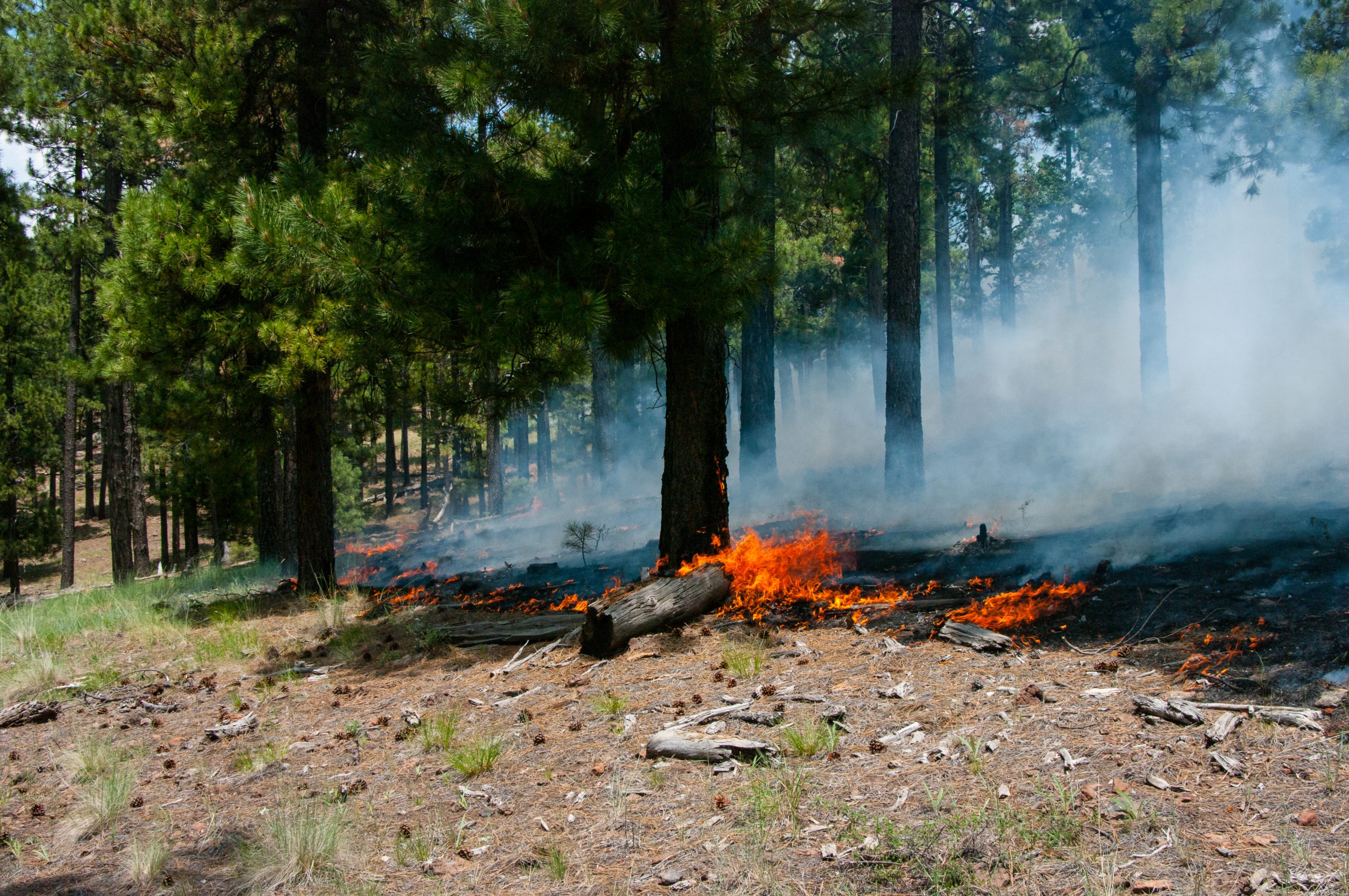
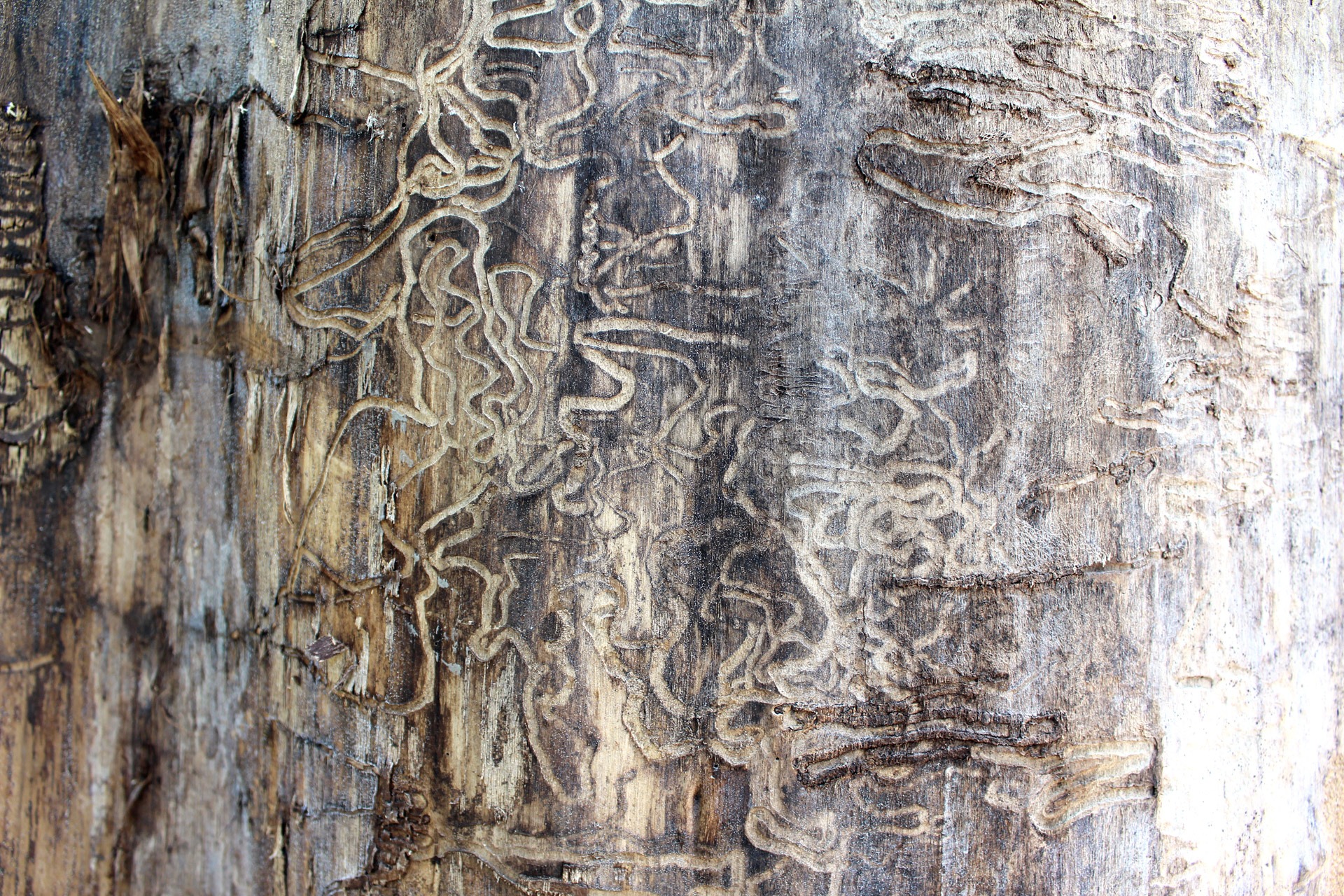 Expert testimony is one tool litigants can use to prove their arguments in a court of law. Expert witnesses are highly credible individuals with advanced knowledge in a particular field in a lawsuit. The testimony of experts is meant to assist the court in understanding the evidence in matters of fact. But not just anyone claiming to be an expert can testify on behalf of a litigant. As homeowners Blake and Courtney Freeman learned in a painful way, the testimony of six expert witnesses they offered was denied admissibility because it failed to meet Louisiana’s standards for expert testimony evidence.
Expert testimony is one tool litigants can use to prove their arguments in a court of law. Expert witnesses are highly credible individuals with advanced knowledge in a particular field in a lawsuit. The testimony of experts is meant to assist the court in understanding the evidence in matters of fact. But not just anyone claiming to be an expert can testify on behalf of a litigant. As homeowners Blake and Courtney Freeman learned in a painful way, the testimony of six expert witnesses they offered was denied admissibility because it failed to meet Louisiana’s standards for expert testimony evidence. Car accidents are traumatic experiences that occur every day across Louisiana. An accident can cause initial damage upon impact, but many accident victims also spend months and sometimes years coping with accident-related injuries.
Car accidents are traumatic experiences that occur every day across Louisiana. An accident can cause initial damage upon impact, but many accident victims also spend months and sometimes years coping with accident-related injuries.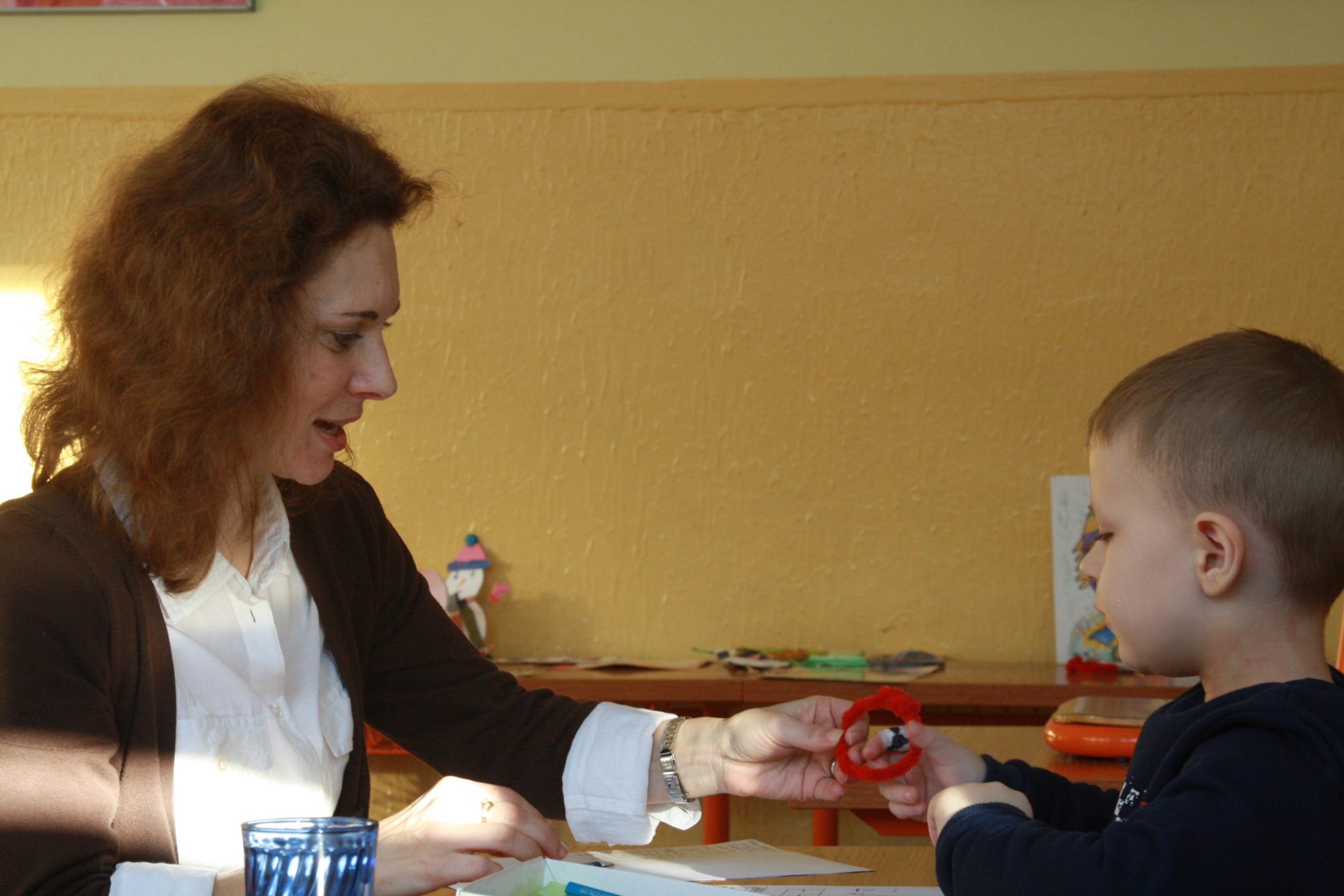 Aleashia Clarkston’s employment with the Iberia Parish School Board was terminated in April 2013 after she was accused of abusing the school’s Leave of Absence policy. She had been on medical leave since September 2012. Clarkston objected to what she believed was a wrongful termination. In addition, she claimed she was denied due process rights as a tenured employee.
Aleashia Clarkston’s employment with the Iberia Parish School Board was terminated in April 2013 after she was accused of abusing the school’s Leave of Absence policy. She had been on medical leave since September 2012. Clarkston objected to what she believed was a wrongful termination. In addition, she claimed she was denied due process rights as a tenured employee. 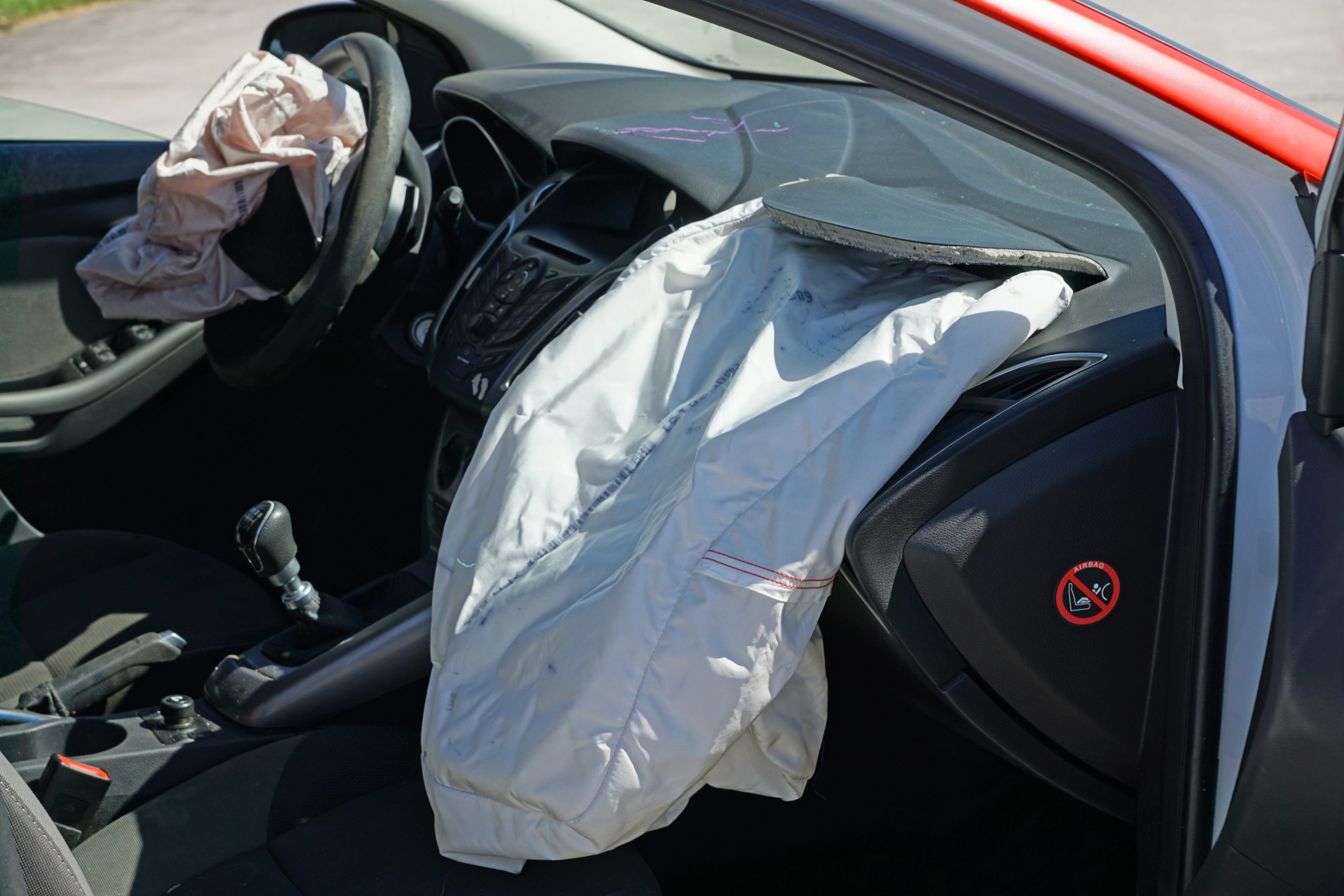 It’s a common scenario: a potential buyer visits a car lot, finds a vehicle he’d like to test drive, and heads out onto the road with the salesperson in the passenger seat. What happens, though, if an accident occurs during the test drive? Suppose the potential buyer loses control of the vehicle while driving — who is responsible for injuries and property damage that result?
It’s a common scenario: a potential buyer visits a car lot, finds a vehicle he’d like to test drive, and heads out onto the road with the salesperson in the passenger seat. What happens, though, if an accident occurs during the test drive? Suppose the potential buyer loses control of the vehicle while driving — who is responsible for injuries and property damage that result?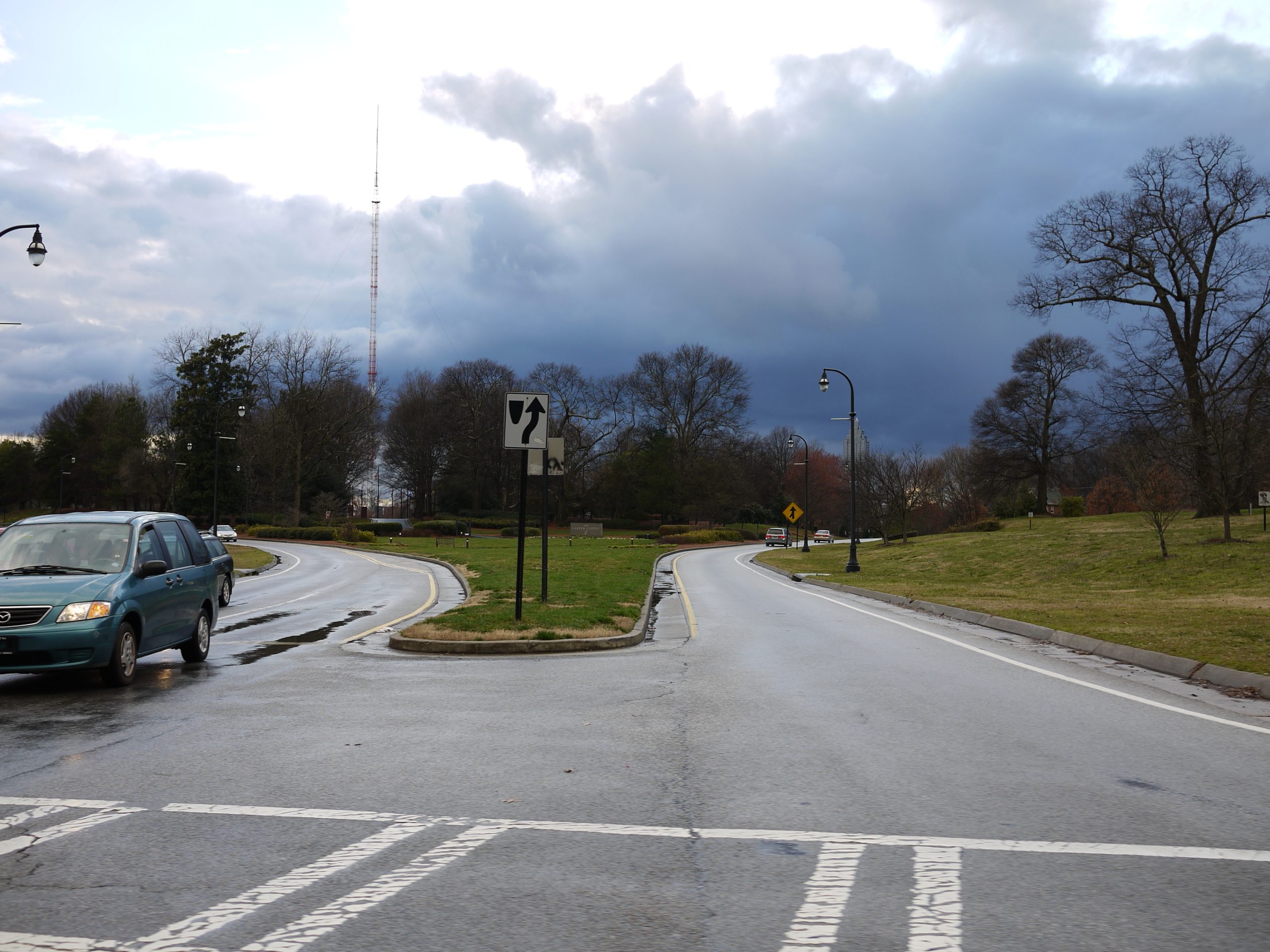 Lawsuits resulting from car accidents can raise many difficult questions. Determining the precise events that led to an accident can be complicated and require courts to make close calls about witnesses’ credibility. Furthermore, parties may question whether they are entitled to certain damages if they prevail in their lawsuit. These questions arose in a lawsuit involving a car accident in Monroe, Louisiana.
Lawsuits resulting from car accidents can raise many difficult questions. Determining the precise events that led to an accident can be complicated and require courts to make close calls about witnesses’ credibility. Furthermore, parties may question whether they are entitled to certain damages if they prevail in their lawsuit. These questions arose in a lawsuit involving a car accident in Monroe, Louisiana.